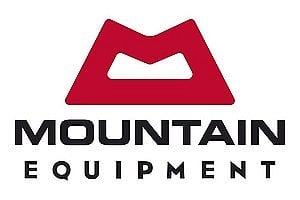Hello everyone,
I used to be around here a lot, until it seemed like I spent more time here arguing about dogs, cyclists, and whether or not Covid was real, and sometimes climbing, than arguing, sorry, talking with my partner
Any way, I have returned as I have a technical question I can't find a good answer to on Google, and I expect someone around here could help...
I'm looking for a conversion from PSI water pressure to hydrostatic head in mm.
I want to get my aforementioned partner a decent winter coat for general everyday use. We have looked at a North Face women's Zaneck coat, with a Dryvent outer fabric. I emailed them to ask about the hydrostatic head figures and they replied with a PSI figure, saying that's what they use. I'm used to hh figures and have an idea what they mean.
The figure they gave is 75 psi.
Can anyone help?
Thank you

